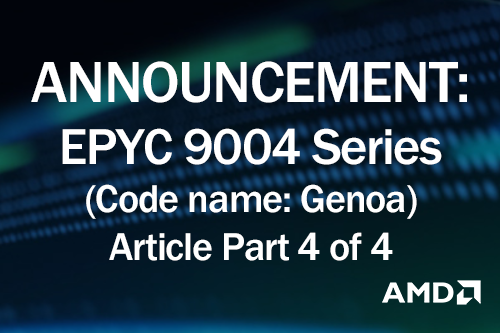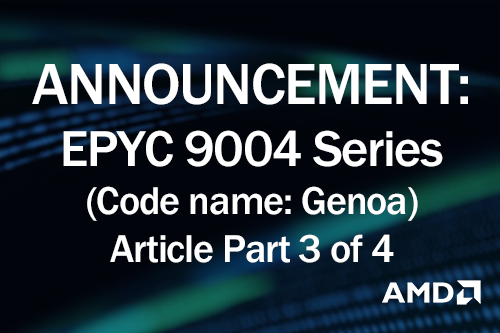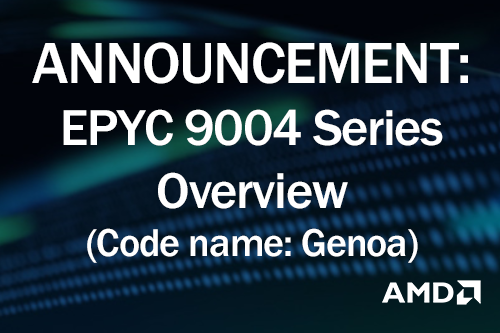AMD’s Threadripper: Higher-Performance Computing from a Desktop Processor
The AMD Threadripper™ CPU may be a desktop processor, but desktop computing was never like this. The new chipset comes in a variety of multi-core versions, with a maximum of 64 cores running up to 128 threads, 256MB of L3 cache and 2TB of DDR 8-channel memory. The newest Threadrippers are built with AMD’s latest 7 nanometer dies.
Content creators, designers, video animators and digital FX experts make much higher demands of their digital workstations than typical PC users. These disciplines often make use of heavily threaded applications such as Adobe After Effects, Unreal Engine or CAD apps such as Autodesk. What is needed is a corresponding increase in computing power to handle these applications.
That’s where one solution comes in handy for this type of power user: the AMD Ryzen Threadripper™ CPU, which now has a PRO 5000 update. One advantage of these newer chipsets is that they can fit on the same WRX80 motherboards that supported the earlier Threadripper series. There are other configurations, including the ProMagix HD150 workstation sold by Velocity Micro. The solution provider is looking at testing overclocking on both the MSI and Asrock motherboards that they will include in their HD150 workstations. That’s right, a chip that’s designed from the get-go to be overclocked. Benchmarks using sample apps (mentioned above) ran about twice as fast as on competitors’ less-capable hardware. (Supermicro offers the MI2SWA-TF motherboard with the Threadripper chipset.)
Desktop Was Never Like This
The AMD Threadripper™ CPU may be a desktop processor, but desktop computing was never like this. The new chipset comes in a variety of multi-core versions, with a maximum of 64 cores running up to 128 threads, 256MB of L3 cache and 2TB of DDR 8-channel memory. The newest Threadrippers are built with AMD’s latest 7 nanometer dies.
The Threadripper CPUs are not just fast but come with several built-in security features, including support for Zen 3 and Shadow Stack. Zen 3 is the overall name for a series of improvements to the AMD higher-end CPU line that have shown a 19% improvement in instructions per clock. And they have lower latency for double the cache delivery when compared to the earlier Zen 2 architecture chips.
These processors also support Microsoft’s Hardware-enforced Stack Protection to help detect and thwart control-flow attacks by checking the normal program stack against a secured hardware-stored copy. This helps to boot securely, protect the computer from firmware vulnerabilities, shield the operating system from attacks, and prevent unauthorized access to devices and data with advanced access controls and authentication systems.










